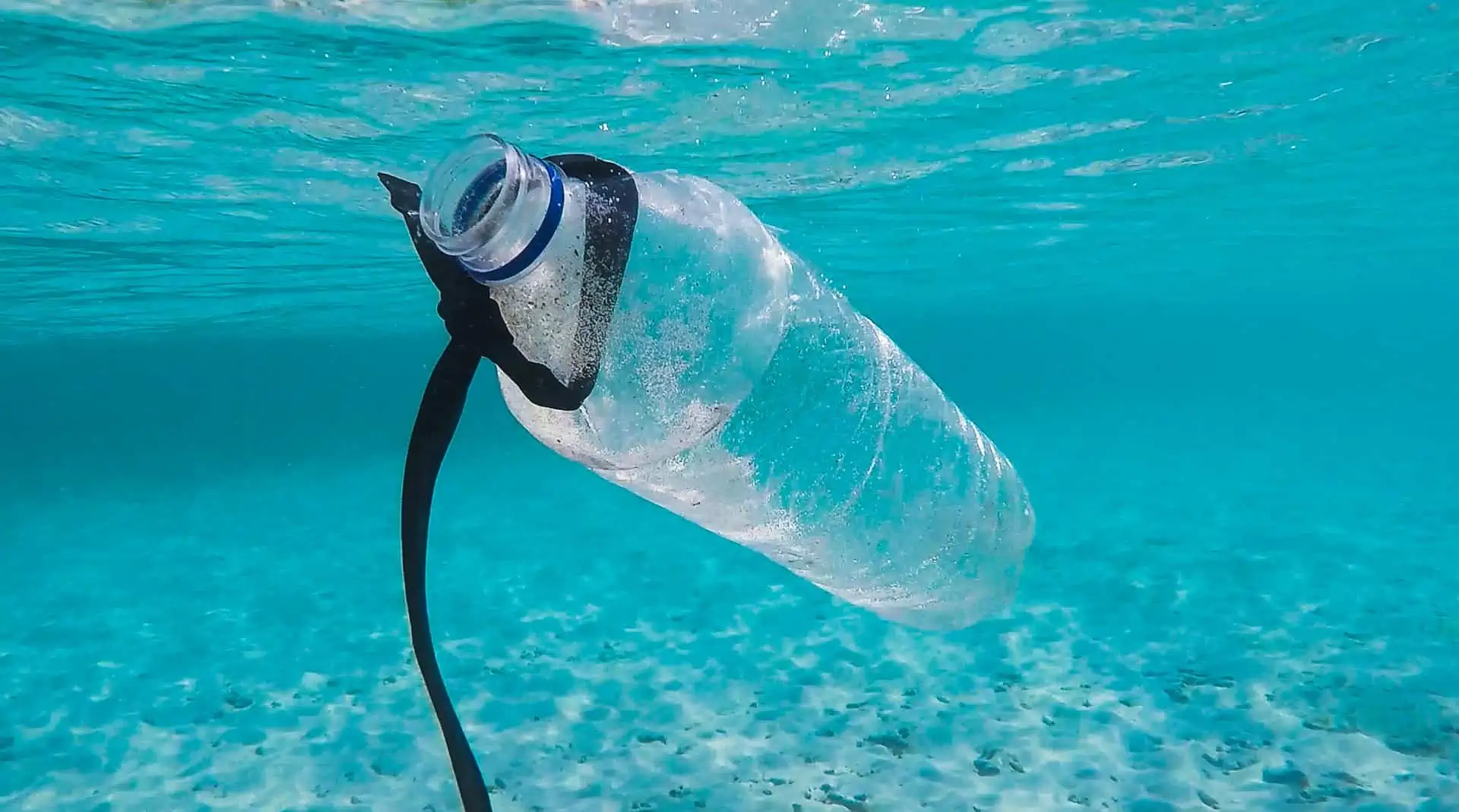12 Ways To Reduce Your Plastic Footprint As A Professional
By Aussy Aportadora
Every minute, 2 million plastic bags are used globally. You read that right. In New York alone, 23 billion plastic bags are used annually, urging the state to ban plastic grocery bags altogether. Over the last seven decades, an estimated 8.3 billion tons of plastic produced. Despite efforts to make recycling a habit of every individual, only 9% of plastic produced is being recycled. The remaining plastic pollutes the environment or stays in landfills and dumps.
Daily use of plastic seems inescapable. After all, it holds and covers our beverages, food, cleaning agents, clothes, office supplies, technology — everything we need in our everyday lives. A plastic-free world may seem impossible, but taking small steps to reduce one’s plastic footprint creates an impact if it’s integrated into one’s lifestyle.
Here are a few simple, but bright ways to cut plastic use.
For Individuals
Invest In Reusables
Water Bottles: For every six water bottles that Americans buy, only one ends up being recycled. Imagine going through the whole day without having to buy a single water bottle because you have a reusable water container. Doing this daily will allow you to reduce your plastic footprint and do our planet a huge favor.
Plus, by using reusable water bottles, you’ll be more likely to drink more water (or enough as your body demands) which is excellent for your skin, your bodily functions, and for your healthy lifestyle diet!
Check out this bottle, it’s my fave, and I have the same one:

Wooden Utensils (or metal): Using disposable plastic containers and cutlery may be convenient when you’re spending time outdoors, but it significantly contributes to plastic pollution. When traveling (e.g., glamping), bringing your lunch to work, or going on picnics, try to pack wooden or reusable utensils instead of relying on disposable ones. If you make this a habit, you are saving the environment from tons of plastic.
Coffee Containers: Big companies such as Dunkin’ Donuts have started to ditch styrofoam cups and shifted to paper cups. However, paper in itself cannot hold liquid, so these seemingly good alternatives have to be lined with a moisture barrier called polyethylene, a type of plastic. The paper portion of the cups can only be recycled after the plastic lining is separated from it.
So, bring along with you your reusable cup or tumbler every morning, and have the barista pour your latte into it.
Tote Bags: Aside from being cute and fashionable, reusable totes are functional and can reduce your plastic footprint from shopping. Groceries, farmers markets, random errands you need to run? Take your tote with you. The great thing about them is that they aren’t expensive, but their impact is priceless.
Choose Sustainable Fashion
Fast fashion is trendy, easy, and affordable. However, most fast-fashion clothing is made with synthetic fibers. This means that the microfibers they shed can make their way into the water systems, all the way to rivers and oceans, and, sadly, into the bellies of our marine animals.
Not only that, the process of producing clothing, from weaving the threads to dying them to the desired colors to creating clothes and shipping them all over the world, has a huge impact on the planet and, secondarily, on the climate. A large amount of water, energy, and waste is used and generated during this process. Fast fashion increases the load because this production speed is needed to keep up with changing fashion and increased demand.
In addition, clothes made for fast fashion are not long-lasting; this means that shortly after your purchase them, they will wear down or lose their fashionable edge. As a result, you’re more likely to throw these garments out, further clogging landfills.
An alternative to fast fashion is buying secondhand clothing or swapping clothes with friends. If you have to buy new clothes, choose ones made with natural fibers, such as silk, wool, and cotton. In addition, consider investing in long-lasting classic pieces that won’t lose their style edge or wear down quickly in the wash.
Changes At Home
Groceries: Try finding grocery stores that allow you to bring in your reusable bags from home to fill up what you need. In other words, find fewer packaging products you can take home in your own bags.
Bath Products: Nowadays, there are many options, from shampoo bars to chewable toothpaste balls…look into them and see if any fit your lifestyle and are changes you can make forever.
Feminine Hygiene: Consider using menstrual cups. Tampons and hygiene products are not only bad for your body but also contribute to waste and pollution (plus all the packaging they come in!). Menstrual cups are a one-time buy and can save you so much money while reducing your plastic footprint.
Biodegradable Packaging: Sometimes it’s too difficult to change up your product choices and routine entirely; in that case, look for similar products to what you use but in biodegradable friendly packaging. These non-plastic packages break down faster and still make it easy for you to use your desired products.
For Businesses
Check With Your Suppliers
Work with your suppliers in sourcing more sustainable packaging and raw materials solutions. It can be as simple as plastic-free or reduced plastic use in packing items purchased in bulk.
In addition, ask them about how they transport and process the products they create. See if their process incorporates sustainability; if not, maybe this is a conversation to have on how they can improve, for instance, in the materials they use or reduction of emissions, and how you can support them as well!
Update Your Company Culture
One way to encourage everyone in the company to commit to shifting to more sustainable ways is to declare it as part of your company values. This also entails training your employees on sustainable practices at work, such as bringing homemade lunches as much as possible.
I would also suggest discussing with the people you work with what their ideas are for sustainability. Each work environment has different requirements; brainstorming together can help generate unique solutions going forward!
Start A Recycling Program
Create an audit of your plastic waste. This way, you will clearly see how much and what types of plastic you use. It will also help you calculate the cost of replacing them with reusable and sustainable alternatives.
When determining what to do with the plastic waste you currently have, it is best to work closely with the waste industry. Working with waste contractors can help you optimize your recycling efforts, such as knowing how to pre-sort your waste and where to send them to get the maximum benefit.
Final Thoughts
Going zero-waste and avoiding all types of plastic is unrealistic for most people. However, it shouldn’t keep us from building new habits and revisiting current policies to help the world move towards a zero-waste future.
Today, individuals and businesses face the challenge of helping create a more sustainable world, one new habit at a time. When done every day, the small steps you make can make a big difference — and an even bigger difference when you encourage others to do the same.
Author Bio: Aussy Aportadera is pursuing an unhurried life in the beachside town of La Union, Philippines. After a career in communications and publishing for luxury lifestyle, food, and wine brands. She is now a yoga teacher and co-owner of a ceramics brand.







